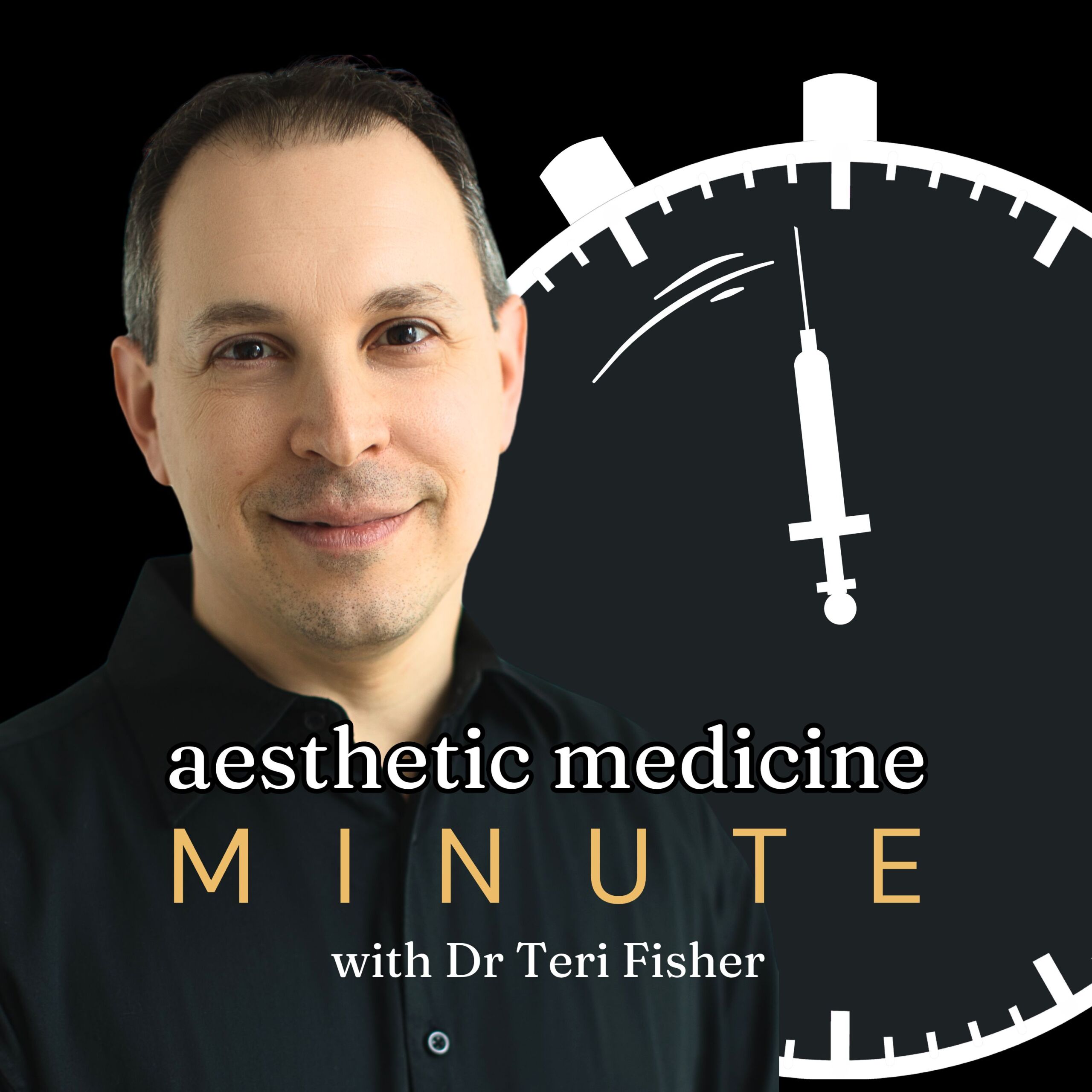
AMM 168: Chinese Dermatologists Master Shared Decision-Making for Better Patient Care
August 13, 2024
This episode examines a recent study on the use of Shared Decision-Making (SDM) among dermatologists in medical esthetics in China, covering data collected from January to June 2023. It outlines how patient-provider collaboration leads to better medical decisions, highlighting that older, more experienced dermatologists tend to embrace SDM more effectively. Listeners will gain insights into the strong prevalence of SDM in the field, with nearly half of the surveyed dermatologists scoring highly on the SDM-Q-Doc scale. The episode also underscores the importance of enhancing SDM training for younger dermatologists to uphold patient-centered care and satisfaction.
Quick Takes
- Study on Shared Decision-Making (SDM) among dermatologists in medical esthetics in China conducted from January through June 2023
- High level of SDM implementation widely practiced by Chinese dermatologists, with older and more experienced dermatologists adopting SDM approaches more effectively
- Umer Doctor APP facilitated the study, with an 86% response rate from dermatologists, emphasizing the need for enhanced SDM training among younger practitioners
Episode Transcript
Today’s podcast episode delves into a fascinating study on the implementation of Shared Decision-Making (SDM) among dermatologists in medical esthetics in China. Conducted from January through June 2023, this study scrutinized how dermatologists engage with their patients in medical decision-making, emphasizing the collaboration between the patient and provider to reach a medical decision together.
Key findings of the study reveal a high level of SDM implementation widely practiced by Chinese dermatologists specifically in the field of medical aesthetics. The results observed a distinct trend: older dermatologists and those with more years of practice tend to adopt SDM approaches more effectively. Specifically, the median SDM score observed was 39 out of 45, underlining strong engagement in SDM practices. Interestingly, nearly half (48%) of dermatologists scored at least 40 on the SDM-Q-Doc scale, underscoring the prevalence of substantial SDM implementation.
SDM is not only a pillar of patient-centered care but also a significant contributor to patient satisfaction in the field of medical aesthetics—a realm where patient preferences are crucial. The Umer Doctor APP facilitated this study, showcasing an impressive response rate of 86% from the dermatologists invited, ensuring a robust dataset for analysis.
However, the study also sheds light on an important recommendation: there is a need to enhance SDM training among younger dermatologists who comparatively have less experience in engaging with SDM. As medical aesthetics evolves, integrating SDM into the practice patterns of the upcoming generation of dermatologists could further enhance patient care quality and satisfaction.
Remember, today is August 13, 2024, and these insights from the field of medical aesthetics showcase the ongoing advancements and practices that shape patient-physician interactions and decision-making processes. It’s heartening to see the medical community’s drive towards more inclusive and participatory forms of patient care, reflecting a dynamic shift in the historical doctor-led decision-making model.
